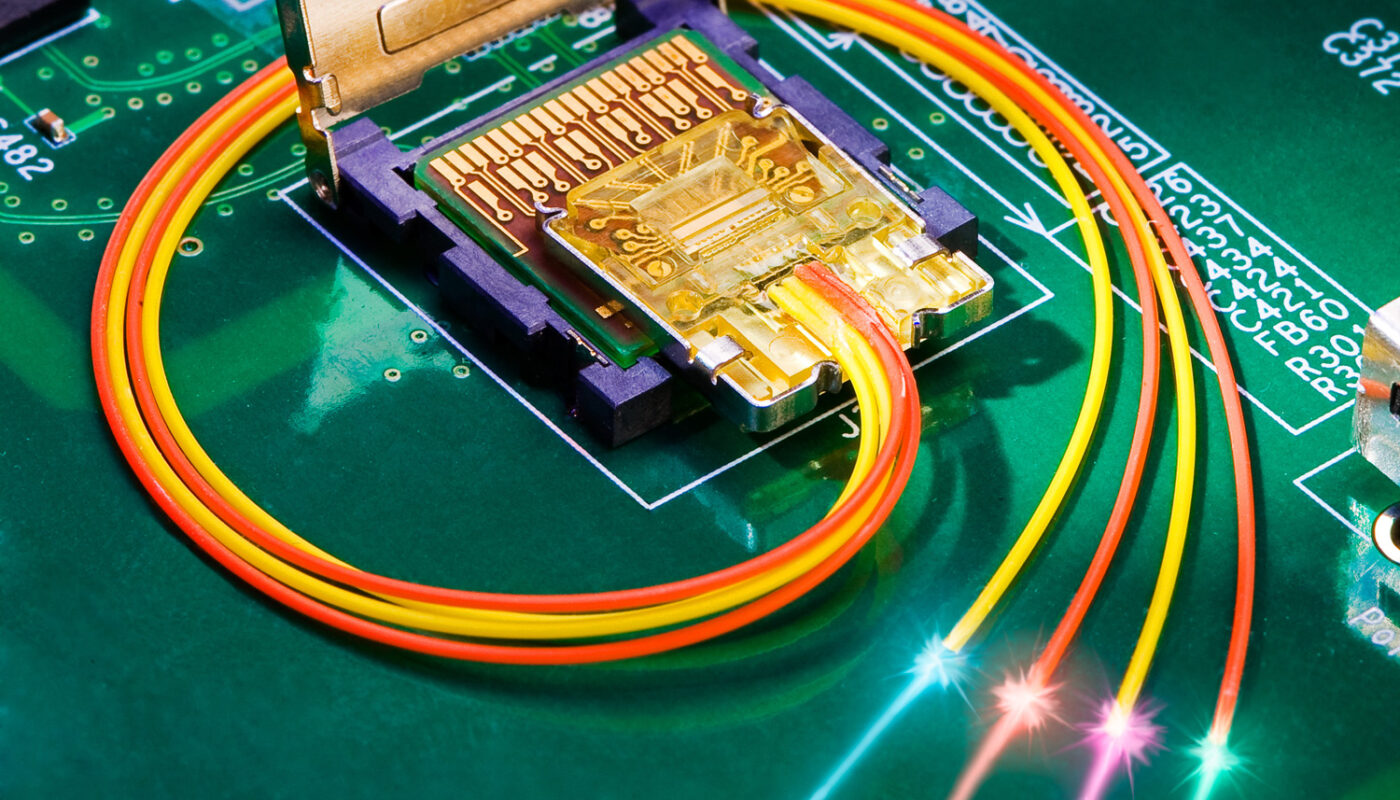Silicon photonics refers to the manipulation of light or photons on a silicon chip. Just like electronic chips facilitate transmission and processing of electronic signals between different components; photonic chips can guide and control light on a small scale utilizing semiconductor materials. Silicon is an ideal medium for integrated photonic circuits due to its transparency to near-infrared light and its compatibility with semiconductor fabrication processes.
Historical Development
The idea of using silicon for integrated photonics was first proposed in 1970s but major progress came in late 90s and early 2000s with the demonstration of low-loss silicon waveguides and optical modulators. In 2004, researchers at Intel demonstrated optical data links and a simple photonic switch, proving the viability of Silicon Photonics. Since then, many academic and industrial labs worldwide have contributed to advancing the field. Key milestones included low-loss waveguides, high-speed modulators, nonlinear optical devices, photodetectors and lasers integrated on the chip.
Applications in Telecommunication
Today, silicon photonics is considered indispensable for meeting exponential growth in global data traffic driven by 5G, internet of things and cloud services. Fibre optic cables contain hundreds of optical fibres to support bandwidth intensive interconnects between data centers. Silicon photonic transceivers provide a cost effective solution to convert electrical signals to optical and vice versa at every input/output port of these high-speed fibre links. Photonic integrated circuits can incorporate hundreds of optical components which were previously discrete, leading to more compact footprint and lower power consumption compared to electronic equivalents.
Integration of Active Components
One of the major challenges for silicon photonics has been integrating light sources such as lasers directly onto the chip. Lasers made from direct bandgap III-V semiconductors like indium phosphide offer better performance but are difficult to grow directly on silicon. Hybrid approaches have emerged where individual III-V dies hosting laser diodes are seamlessly bonded to a silicon photonic circuit. researchers have made significant strides in developing efficient hybrid III-V on silicon lasers operating at 850nm and 1300nm wavelengths. Work is ongoing to co-integrate photodetectors, modulators and lasers to realize fully functional photonic integrated circuits (PICs).
Commercialization and Mass Production
Standardization of manufacturing processes and packaging technologies is crucial for mass producing integrated photonic devices. Intel, IBM and GlobalFoundries have multi-project wafer service platforms to fabricate silicon photonic chips on 200mm and 300mm production wafers. Packaging houses offers board-to-board and chip-to-chip connectors that interface photonics with electronics. Notable commercial examples include Intel’s Silicon Photonics 100G transceivers for data centers and Mellanox’s 800G coherent optical modules. As process reliability increases, mass production price points below $100 per transceiver are envisaged to accelerate broad adoption. Startups are bringing niche products to markets like automotive, healthcare and consumer LiDAR/imaging as well.
Prospects in Computing and Quantum Domain
Recent advancements have enabled using integrated photonics for optical interconnects within chips, commonly referred as silicon photonics interconnects (SiPI). SiPI offers benefits like higher bandwidth density, lower latency and lower power dissipation compared to copper lines in large processors and supercomputers. On another front, photonics is instrumental for developing quantum computers as it provides fast, stable and energy efficient transmission of quantum information between different matter-based quantum bits. Precise nanophotonic circuits can route and manipulate single photons – the fundamental unit of information in quantum communication networks. Overall, silicon photonics is key to realizing full potential of next generation information processing platforms.
Over the past two decades, it has made tremendous progress moving from basic demonstrations to commercial scale production. As miniaturized Silicon Photonics integration matches traditional microelectronics, the field is poised to transform entire domains like telecommunication networks, high-performance computing and quantum technologies. Multiple industrial consortia and government funding initiatives worldwide reflect silicon photonics importance as strategic technology. With continued scaling and innovation especially in integration of active devices, it holds great promise to impact our digitally connected world in myriad ways in the decades to come.
*Note:
1. Source: Coherent Market Insights, Public sources, Desk research
2. We have leveraged AI tools to mine information and compile it



